Puerto Rican carnival meets the Mummers
There's a new brigade in town, and its name is Bomberos de la Calle.
Los Bomberos de la Calle is one of two Latino troupes that will join the Mummers Parade on Friday as part of the newly established Philadelphia Division.
A self-described Puerto Rican Bomba and Plena music group “with a twist of reggaeton flow,” Los Bomberos formed in North Philadelphia two years ago. You may have seen them at the Puerto Rican Day Parade back in October, where their performance caught the attention of Mummers Parade organizers.
But the twelve musicians and dancers who make up the group have been around playing traditional Puerto Rican music for over a decade in Philadelphia. For them, their presence in the Mummers Parade represents not just a way to diversify one of the city’s longest-standing traditions, but also a way to bring their music and dance to a bigger audience.
“It was once a lost type of music,” Tony Mendez, the director and founder of Los Bomberos, told AL DÍA on Monday. “I played as a percussionist for several other groups in Philly, but after a while I noticed that the culture around here was really slowing down.”
Mendez, who grew up in New York before moving to Philadelphia at a young age, teaches Bumba and Plena drumming styles, and says he's committed his life to the art. Los Bomberos de la Calle literally means "the firefighters of the street," but in Puerto Rico it is a play on words: A bombero is also someone who plays Bomba and Plena music.
But Friday's performance at the parade will highlight the carnival aspect of Los Bomberos, combining Afro-Puerto Rican beats with traditional carnival characters called vejigantes.
The vejigante folklore comes from a few different sources. One story says that when children would stay out past their curfew, family members would dress up in vibrant costumes to chase the kids down and bring them back home. Nowadays, the vejigante costumes go hand in hand with the Puerto Rican carnivals.
There are two different types of vejigante masks, each one associated with a different region. One is made of papier-mâché (from the southern city of Ponce, where the Plena music style also originates) and the other mask is made from from a hollowed-out coconut shell (from the northeastern coastal town of Loíza). Los Bomberos will be mostly donning the Loíza vejigante masks on Friday.

“What’s special about Bumba is that the dancer controls the floor, even if it’s a vejigante,” Mendez said.
While several drummers and dancers keep the basic rhythm, the lead dancer and drummer create a kind of back-and-forth duet to lead the stage. The drummer will follow the dancer’s moves using different percussive tones and cuts, and vice versa. Mendez relates it to a battle or a challenge. “You can see them laughing, you can see them in conversation."
Los Bomberos will be joining the masqueraders of San Mateo Carnavalero, a.k.a. the Carnavaleros, from South Philadelphia’s Mexican community. They will strut alongside a West Philly drill team and a troupe of LGBT drag queens as part of the new Philadelphia Division, which was established to diversify the annual New Year’s Day parade.
Mendez says he isn’t too concerned with the racially charged incidents that sparked controversy in Mummers past, but he looks at Friday’s parade as a sign of progress.
“For me, I always looked at the Mummers as a way to bring in the New Year. The costumes they have are great. But to actually open up this division and have other groups with their carnavals celebrating alongside everyone else is excellent, because you get to see all aspects of different cultures...It’s an excellent step forward.”
Over 50 dancers and percussionists will be joining Los Bomberos at the parade, making it their biggest show to date.


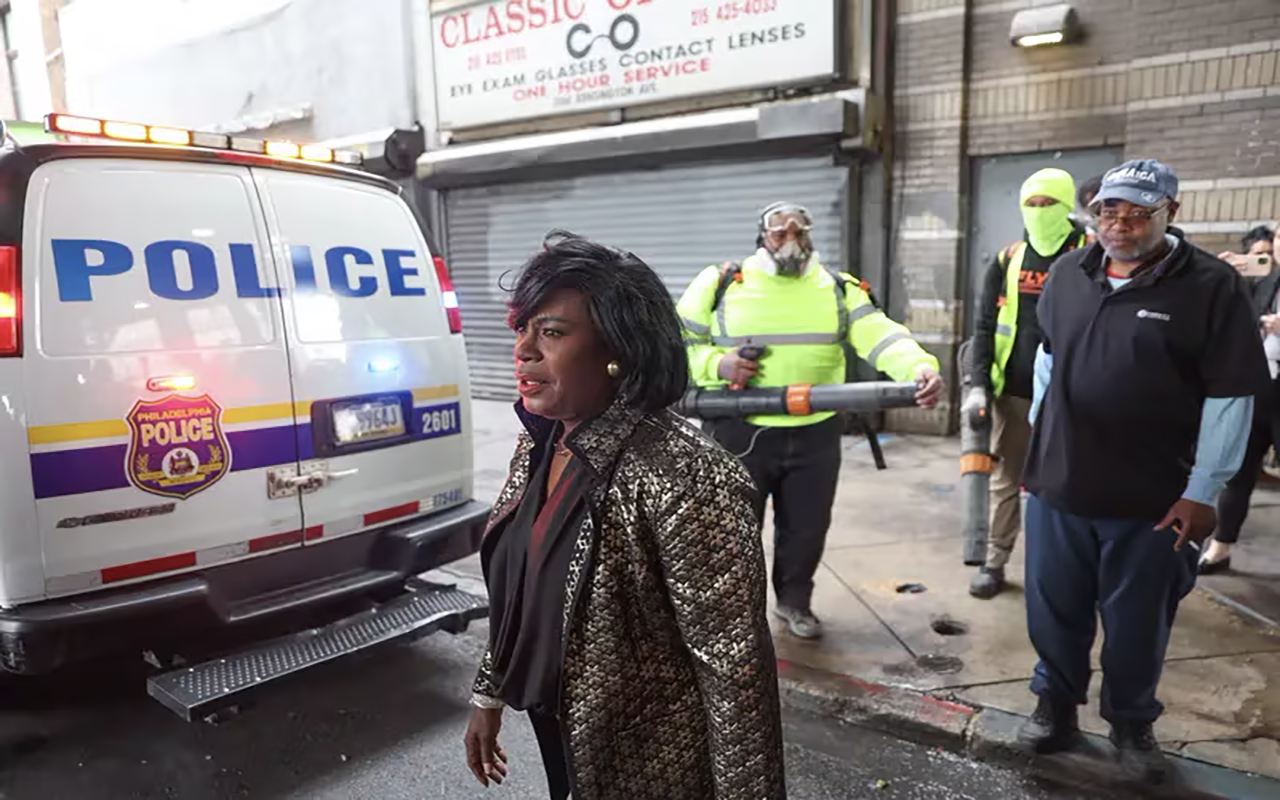
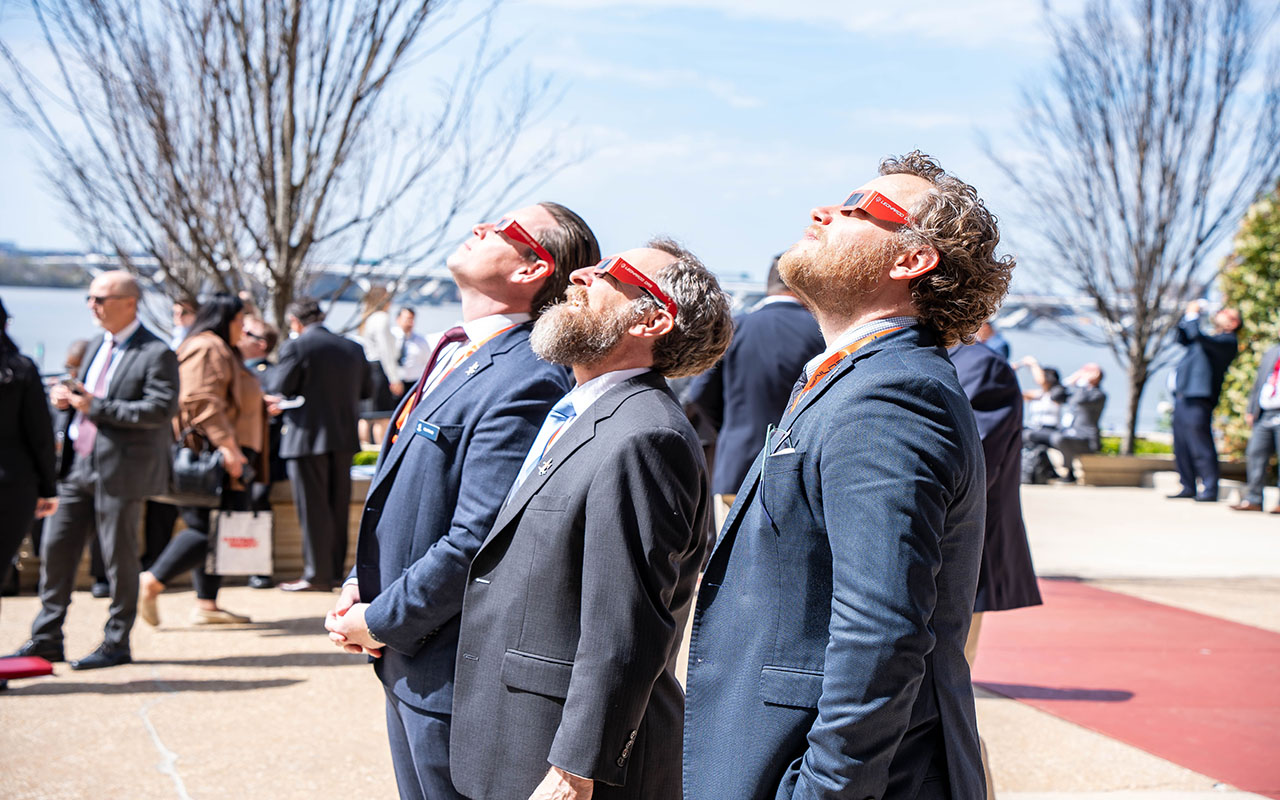

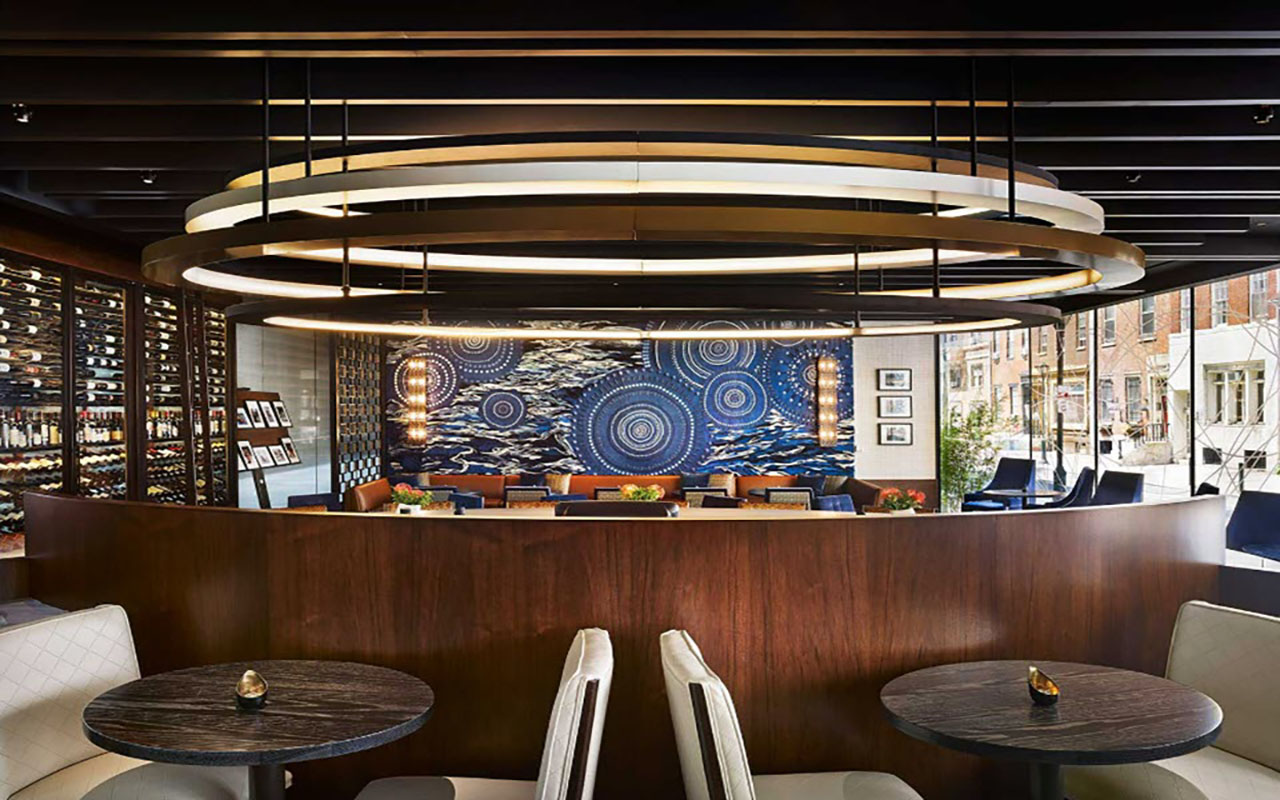
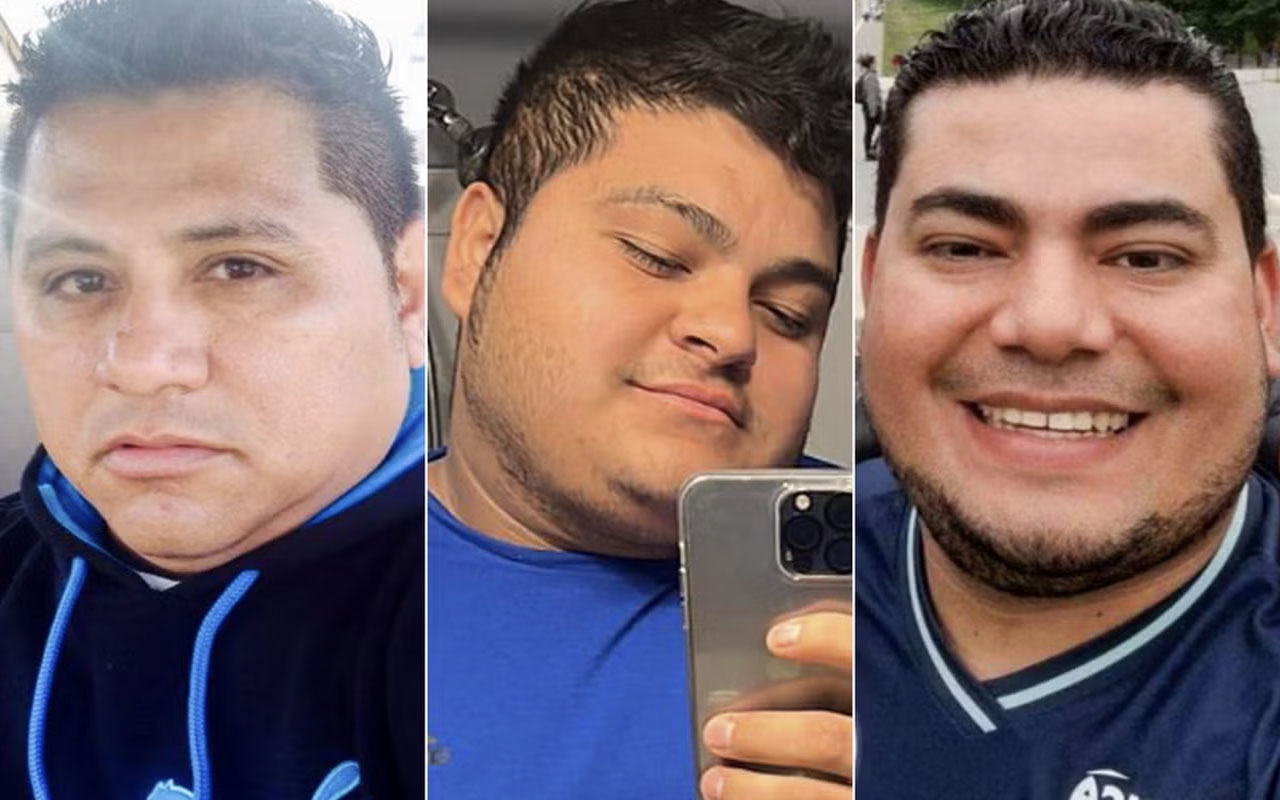
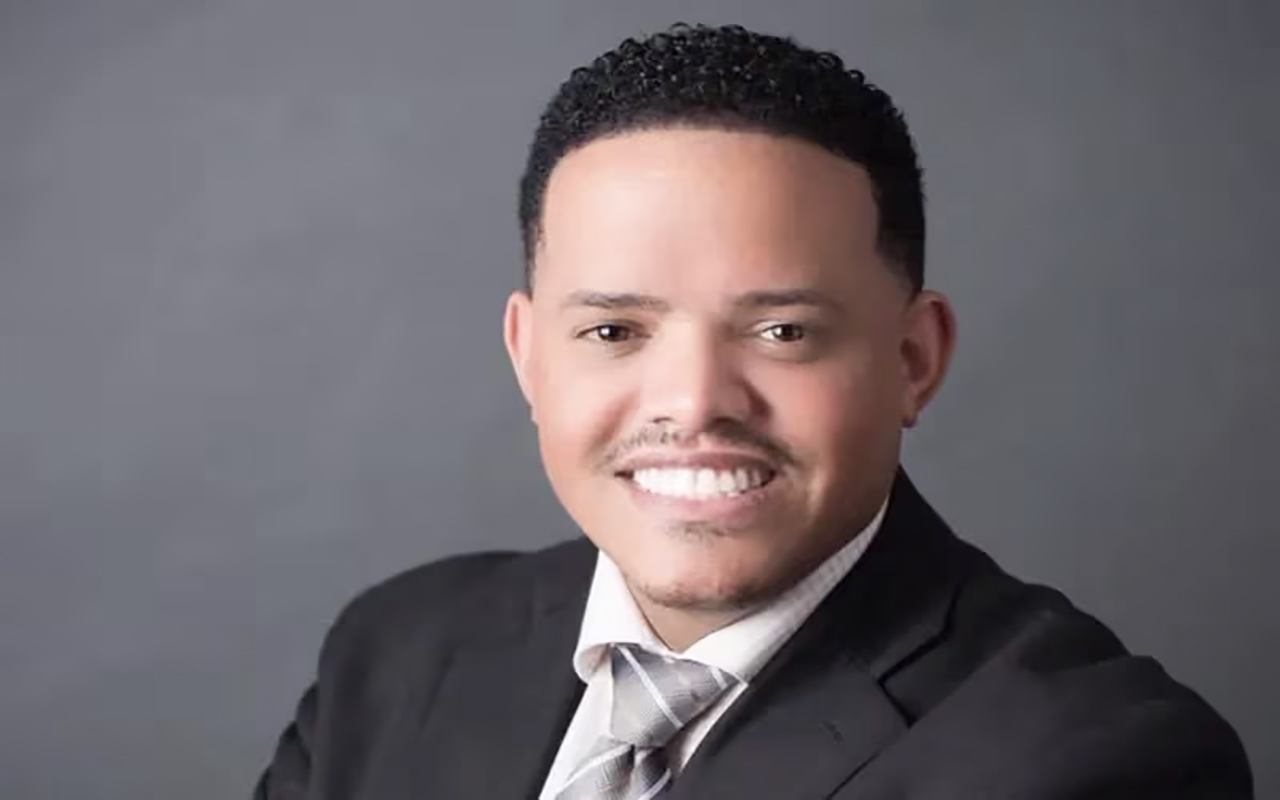
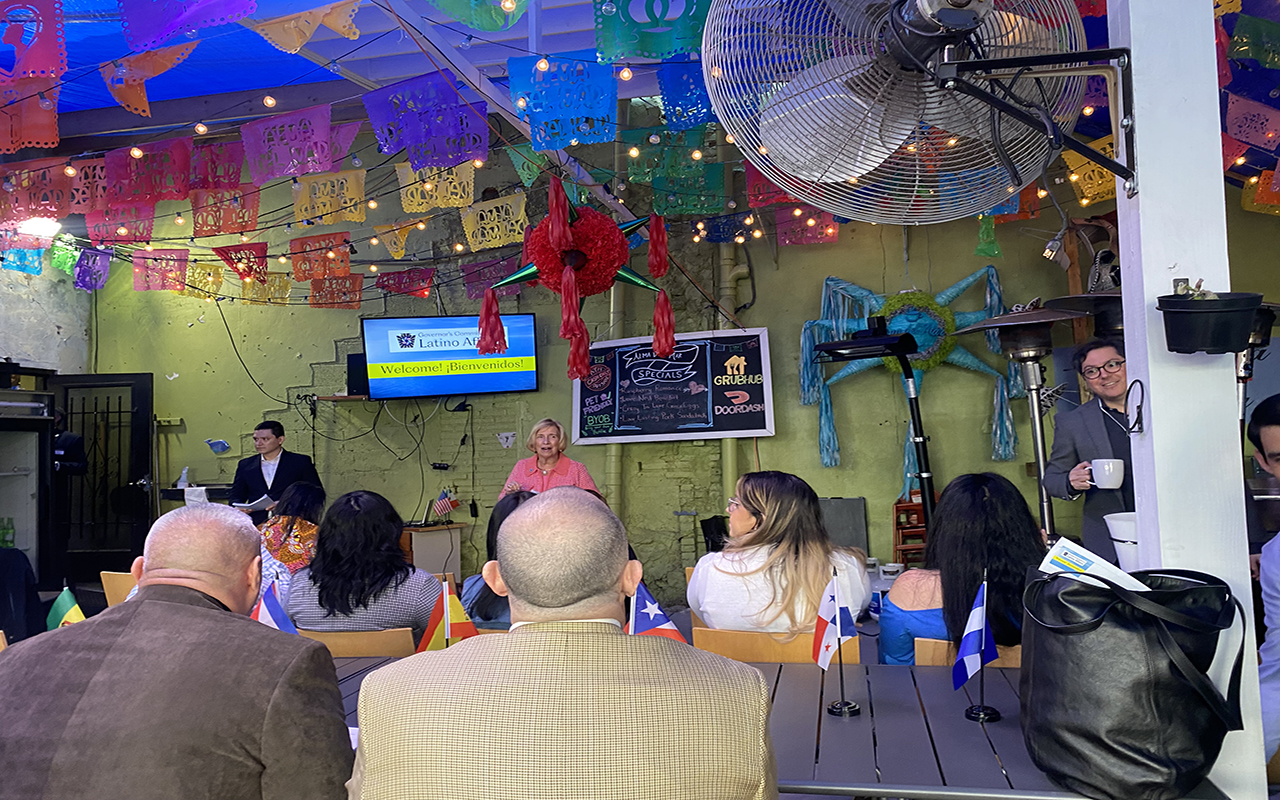

LEAVE A COMMENT:
Join the discussion! Leave a comment.